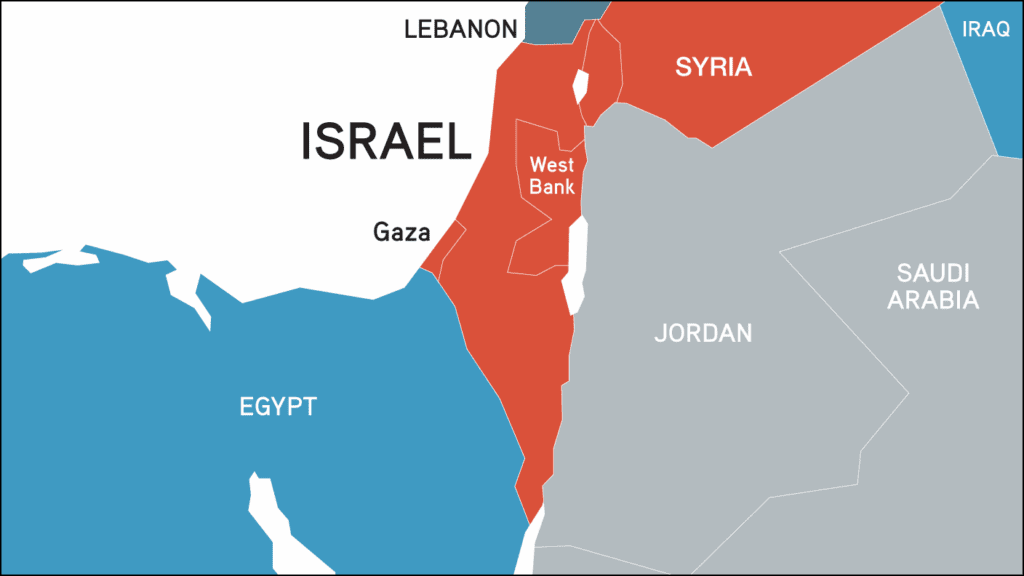
Trump’s announcement, made via his Truth Social account, asserts that the withdrawal proposal has already been “shared with” Hamas and that prompt acceptance would trigger the next phase of negotiations.
Diplomatic momentum intensified as negotiators from Israel, the US and Arab mediators convened in Cairo, with indirect talks focused on finalising terms for hostage releases and troop pullbacks. Israel has signalled readiness to begin implementation of Trump’s 20-point peace plan, although with caveats.
Simultaneously, the US and Israeli governments continue to pressure Hamas to accept the plan in full, including disarmament and relinquishment of administrative control in Gaza. Trump has warned that failure to comply would invite severe consequences for Hamas.
While Israel has committed to aligning with the withdrawal line, hostilities persisted. In spite of Trump’s call for halting bombardment, airstrikes in Gaza killed dozens, complicating the negotiation atmosphere.
Hamas, for its part, responded earlier by expressing willingness to release all Israeli hostages and to hand over Gaza’s administration to independent technocrats—but did not accept full disarmament. This qualified assent stopped short of endorsing the broader demands in Trump’s proposal.
The 20-point plan, unveiled by Trump and Prime Minister Netanyahu on 29 September, lays out a phased sequence: a ceasefire, full release of hostages, Israeli withdrawal to agreed lines, and establishment of a transitional international authority overseeing Gaza. The plan excludes Hamas from future governance unless it decommissions weapons.
Israeli Prime Minister Netanyahu, while expressing support, appended several conditions. Israel’s pullback would be gradual and contingent on successive stages of compliance by Hamas. Netanyahu also insisted that Gaza remain demilitarised and that Hamas not resume political control.
US and Arab mediators face pressure to reconcile conflicting demands. Qatar and Egypt, both traditionally engaged in Gaza diplomacy, are reported to be instrumental in relaying proposals and assessing Hamas’ internal divisions. Moderators are reportedly coordinating technical teams in Cairo to bridge gap between Israel and Hamas positions.
Within Israel, the plan has generated tension. Far-right members of Netanyahu’s coalition remain sceptical of concessions. Some warn that any withdrawal or loosening of security control could imperil Israeli safety. Meanwhile, opposition parties and hostage families continue pushing for swift resolution.
In Gaza, civilians remain caught in limbo. Humanitarian conditions—disrupted utilities, limited access to food, medicine and shelter—have escalated urgency for a deal. International agencies stress that a consolidated ceasefire is essential to deliver relief at scale.
The standoff now turns on Hamas’ internal decision-making. Its leadership in Qatar has shown openness to elements of the proposal, but the organisation’s Gaza faction, including key military commanders, reportedly resists full demilitarisation. Analysts suggest the group may seek to negotiate adaptations that preserve leverage.
If Hamas confirms acceptance of the withdrawal terms, the framework calls for immediate execution of the hostage-prisoner swaps. Israel would then begin phased redeployment from Gaza. Under the plan, a transitional governance structure would run Gaza under international oversight, pending fresh elections and institutional reforms.
